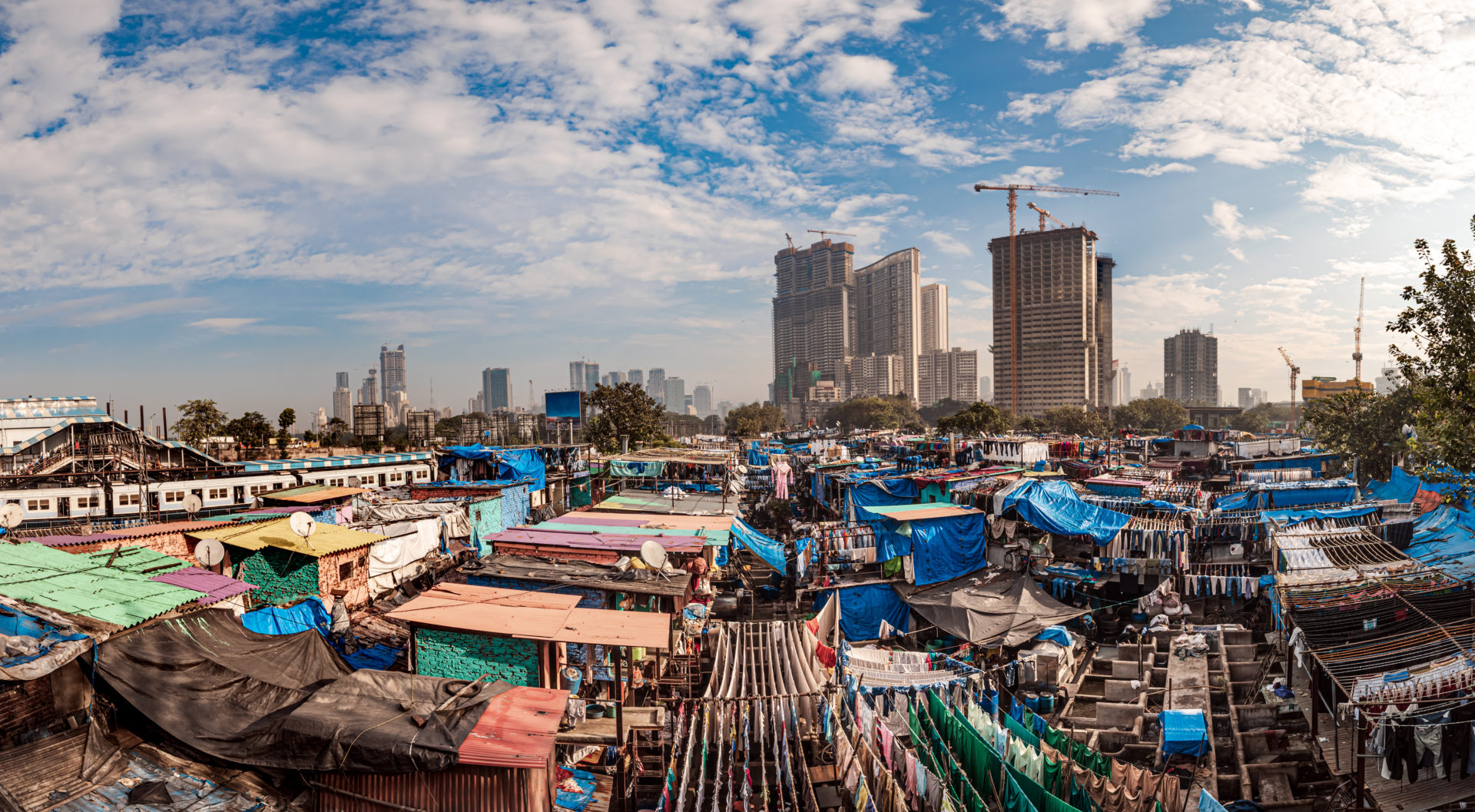
Population Connection works at the intersections of global population dynamics, health and human rights, and environmental sustainability. We believe efforts to slow population growth through rights-based family planning policy, advocacy, and education are key to human well-being and a safe and healthy environment now and into the future.
Human population growth is a major driver of our global environmental crises, including climate change, biodiversity loss, and resource depletion. At the community level, population pressures also degrade local environments and strain the availability and equitable allocation of natural resources. High fertility rates are positively correlated with gender inequality, unmet needs for contraceptives, poverty, and a lack of access to vital services like health care and education. In low-income regions especially, high fertility can inhibit economic development, increase health risks for women and children, and worsen food insecurity.
Ending population growth can be realized through the empowerment of women and girls, by decreasing economic inequality, and by improving access to education and reproductive health services. Historical data show that lower fertility rates (the average number of births per woman) in turn bring vast health, social, and economic benefits, such as reduced child mortality, higher levels of education and labor force participation (especially for women), and higher household income.
Programs that recognize the critical connections between population dynamics, health, and environmental conservation follow a Population, Health, and Environment (PHE) approach. Integrated PHE strategies take many forms and can be applied across diverse geographies. Generally, these methods recognize the interconnected nature of human health, standard of living, and ecosystem health, and thus approach developmental solutions comprehensively rather than in isolation.
Incorporating family planning and reproductive health care into development and conservation efforts, for example, is a holistic PHE approach that advances sustainable development while reducing environmental pressures and improving resilience.
High fertility is positively correlated with extreme poverty. The world’s 46 least developed countries (LDCs) are among the world’s fastest-growing, and many are projected to double in population between 2022 and 2050. Most of the countries with an annual income per person averaging less than $5,000 are in sub-Saharan Africa, and they are also among the most vulnerable to climate change.

Removing barriers to women’s rights, education, and family planning strengthens people’s ability to adapt to environmental changes and climate impacts. Communities in which women can freely determine the number and spacing of their children are more prosperous, healthy, and resilient.

Slowing and ending population growth is vital to meeting the UN Sustainable Development Goals (SDGs) for 2030, which aim to achieve a decent quality of life for all on a healthy planet.

257 million
Around 257 million women globally have an unmet need for modern contraception, meaning they wish to avoid pregnancy but are not using safe and effective birth control. Ending this unmet need is morally imperative and would bring vast environmental benefits also.
68.9 Gt
Slowing population growth through family planning and girls’ education could prevent 68.9 gigatons of carbon dioxide equivalent emissions by 2050, making it one of the most powerful available climate change mitigation solutions.
Read More
Population and Climate Change
Demographic trends and variables play an important role in understanding and confronting the world’s climate crisis. Population growth, along with increasing consumption, drives emissions of climate-changing greenhouse gases. Rapid population growth worsens the impacts of climate change by straining resources and exposing more people to climate-related risks—especially in low-resource regions. Population dynamics affect both the trajectory of climate change and the number of people subjected to dangerous climate impacts.
Solutions Through Reproductive Health
Download this info brief to explore the connections between sustainable development, women’s empowerment, family planning, and climate change. This resource demonstrates that slowing population growth through rights-based investments in voluntary family planning services can reduce emissions and significantly increase individual, community, and country resilience in a changing climate.
Human Impacts on the Environment
Browse this info brief for an in-depth look into humanity’s ecological footprint. This resource outlines the ways in which resource use, consumption patterns, demographic trends, industrialization, and globalization influence both human development and the future of climate change.
